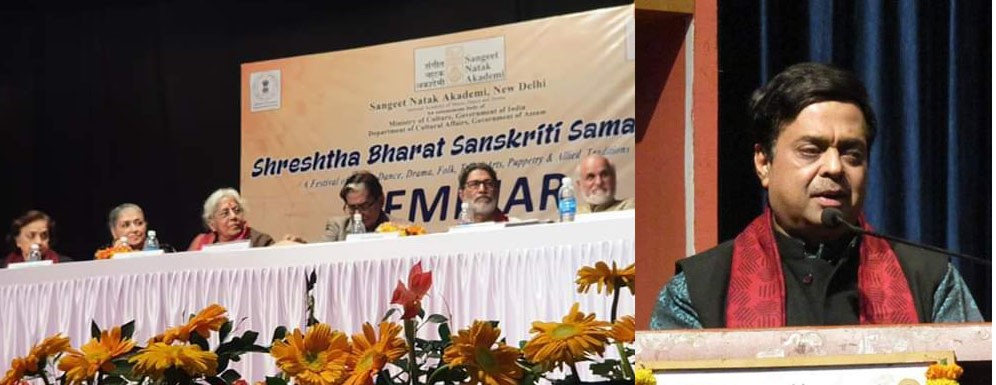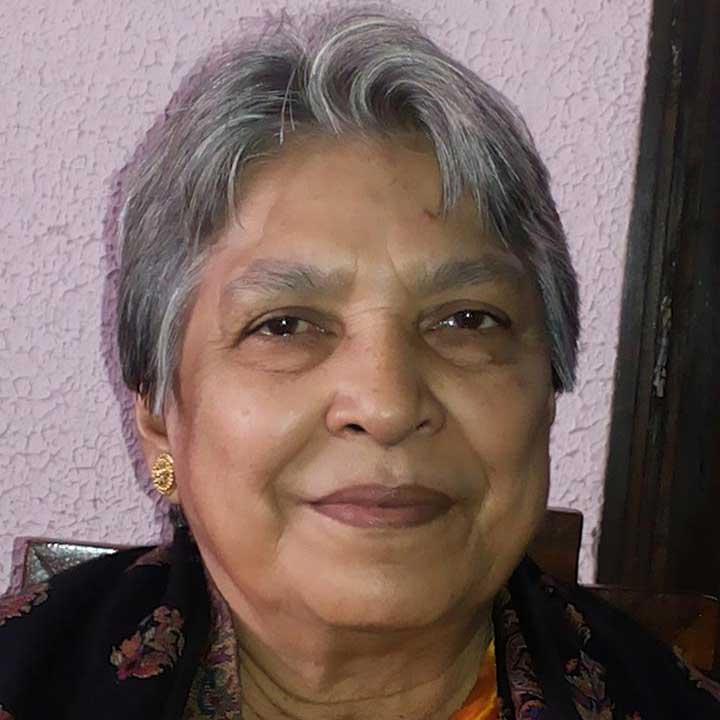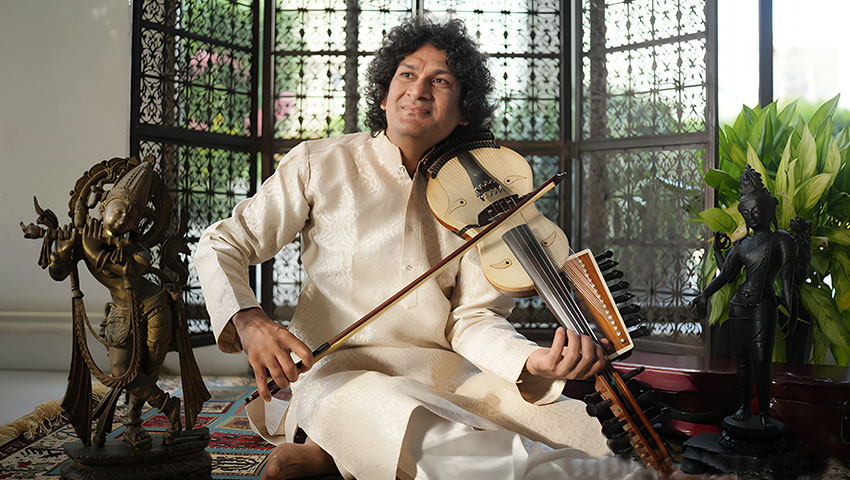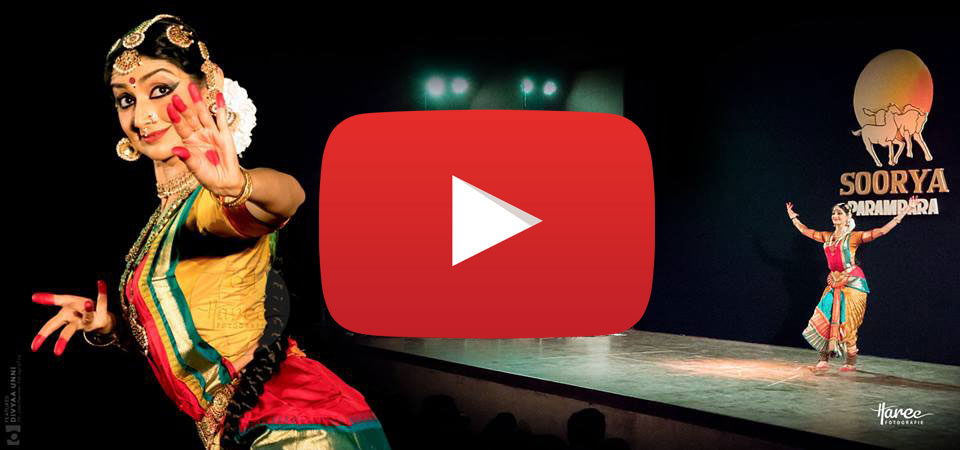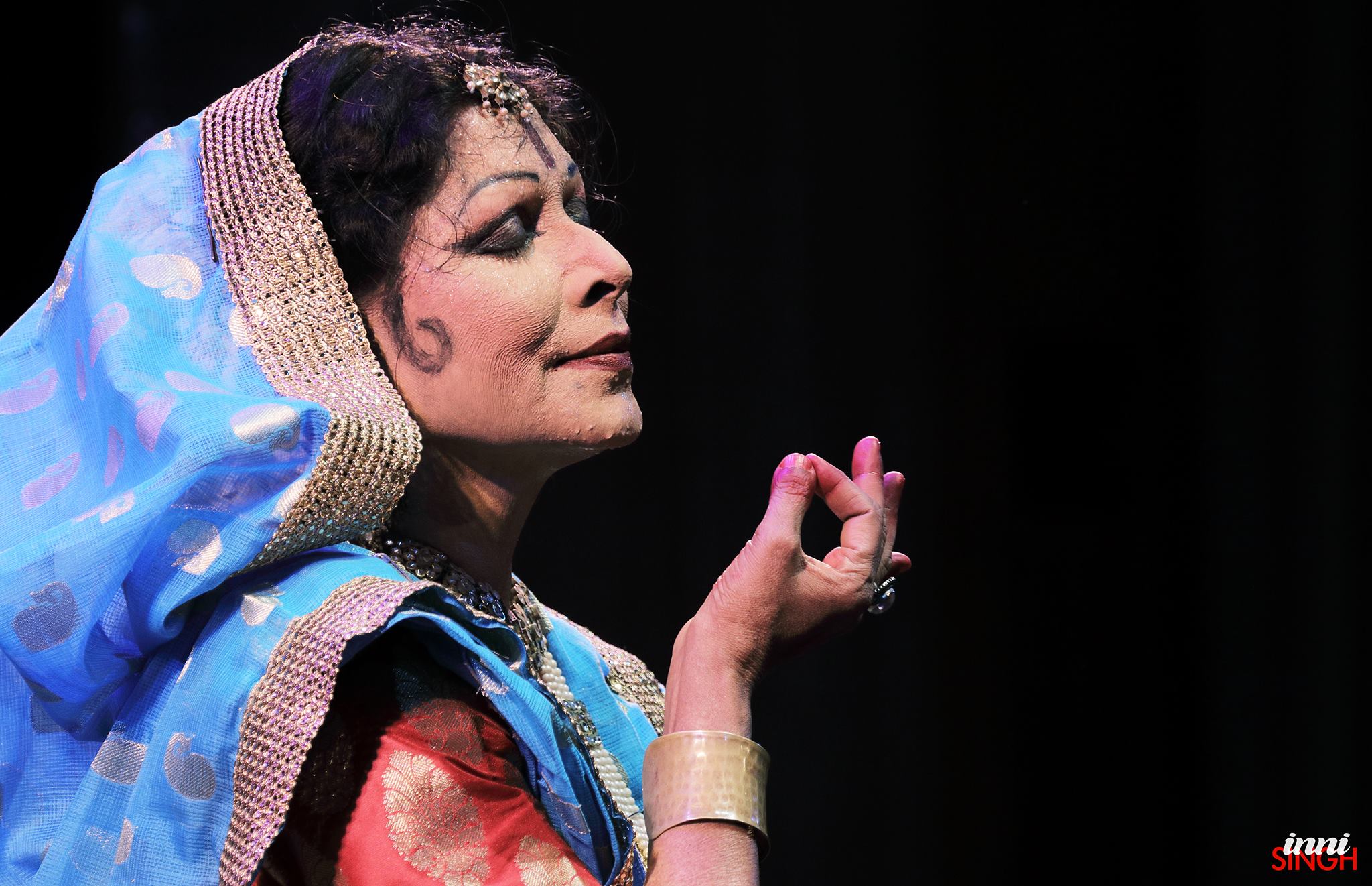All that is best in the myriads of Indian Performing Arts that exist, is being provided in a single platform in the length and breadth of the country under the aegis of Sangeet Natak Akademi, thanks to the far-sightedness of its Chairman Shekhar Sen and his team of workers. Shreshtha Bharat Sanskriti Samagam has already been held in Bhubaneswar, Ahmedabad, Amritsar and Guwahati. Two more are scheduled to be held in Lucknow and Tanjavur depending on available local facilities.
The mornings of each of these Samagamas were set aside for seminars on different subjects like drama, music, dance, folk and tribal art, puppetry, and other allied arts, while the evenings were set aside for performances.
The festival at Guwahati, that took place between 26th to 30th December, flagged off with a seminar on drama. Scholars Daya Prakash Jha, Kirti Jain Kusum Haidar –all from Delhi- spoke on the past, present and future scenario of Drama. The speakers did not think that Dooms Day was in the offing for Indian Drama. There are problems and drama will thrive in spite of the problems.
Next day Chetan Joshi, Krishna Bisht and Rajendra Prasanna of Delhi spoke on Music along with Chandra Prakash of Rajasthan, Dilip Ranjan Barthakur of Assam and Haridwar Mangalam A.K.Palanivel of Tamil Nadu. Almost all of them saw a bright future for music. According to Krishna Bisht, there is no substitute for Guru-Shishya Parampara. Most felt that the degrees in Music from universities laid more stress on theory and besides they were taught vocal renditions by different teachers and settling from the style of one teacher to another somewhat marred their learning.
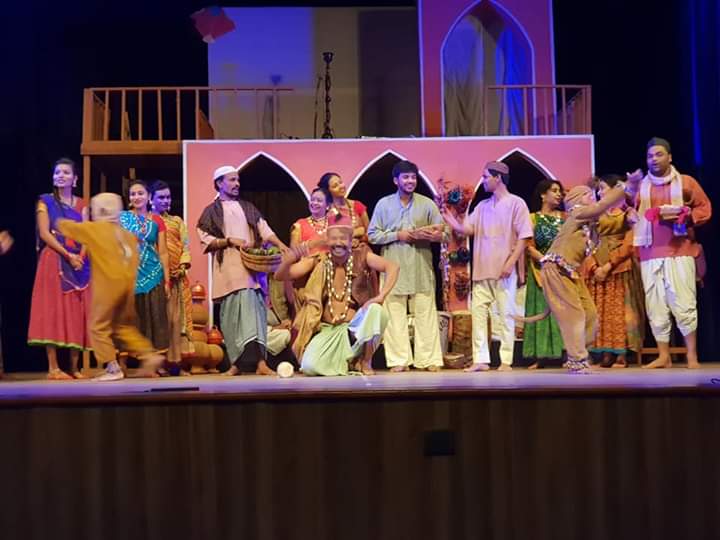
From the seminar on dance speaker, Anuradha Jonnalgada threw light on Kuchipudi dance its history and its future. Shobha Koser gave a brief history of Kathak and its present practice. Change is inevitable and it has to come. Priti Patel spoke on the deep history of dance in Manipur and the evolution of Manipuri dance from Lai Haroaba to the classical Manipuri Raas Leela. She spoke on Thang Ta and its place in the cultural map of Manipur. Nandini Ramani spoke of the evolution of Bharatanatyam Dance with inputs about Bala Saraswati, her dance guru whose centenary year it is. Shashadhar Acharya spoke about Chhau Dance and its many facets and that it is an indigenous art form of Odisha. As the state got divided into segments , its dance form also went with it and so it appears that Chhau has many styles, but the source is the same. Parwati Datta , who has culled out a place for herself in the world of Kathak as well as Odissi, has a holistic approach to dance.
Mohapurush Srimonto Sankardev created Sattriya to propagate his preachings of a monotheistic religion, an equal and class-free society. Initially, the dance was an integral part of one-act operatic plays called Ankiya Nat, whose text, dance and music were also conceived and written by Sankardev. With time, Sattriya came on its own and established an identity independent of the plays.
The third evening saw the performance of Sattriya Dance. In the 15th, 16th-century Sattriya dance was confined to and evolved within the monasteries called sattra, institutions created by Sankardev’s disciples and built mostly in Majuli, the largest riverine island in the world. This sacred dance-drama form was only performed as part of the religious practice by monks or devotees called bhokots.
On November 15, 2000, Sattriya dance was declared a classical dance by the Sangeet Natak Akademi. Sattriya dance is a living art form which has not been revived, but has continued since its creation to be performed in sattras. Ramakrishna Talukdar and Anita Sharma performed duet for the festival. Together they first paid their obeisance to Krishna. The dancers submitted themselves at the feet of Krishna in all reverence and described his divinity and beauty. Raja Gharia Chali which followed was a pure dance number in which both were adept. Krishna Katha Varnan told about the life incidents of child Krishna , like subduing of the fierce underworld serpent Kaliya and sucking the lifeblood out of Putana. The most interesting item of the repertoire was Krishna Satyabhama from Ankiya Nat, written by Srimanta Shankaradev. In this, Ramakrishna Talukdar performed the role of Narada Muni as well as Krishna and Anita was in the role of Satyabhama. Narada who is famous for creating discord among the gods, turned Satyabhama against Krishna ,telling her that Krishna loved wife Rukmini more, because he had given her the flower of heaven-the Parijata. Krishna had to appease Satyabhama by bringing the Parijata tree from heaven and planting it in her garden. A good display of the power of expression was entertaining.
Even for the best of veteran dancer’s every performance cannot reach a peak. So was it with Bharati Shivaji, the much sort after veteran Mohiniattam exponent, who is internationally famed for her virtuoso. Her recital at Srimanta Sankaradeva Kalkshetra, in Guwahati started with Bal Ganapathi . It is an unusual legend about the birth of Ganapathi penned by Kavalam Narayana Panicker –a dramatist and poet of great repute. Set to Kerala’s very own Sopana genre of music, it says that Shiva turned into a male elephant while Parvati becomes a female one and their union gives birth to Bal Ganapathi. The dance itself was very well choreographed. The rendition fell short of the high standards that Bharati is known for. Surutti Mukhachalam was by her student Vani Pahwa. It was a nritta piece which Vani performed well.
[adrotate group=”9″]
In the Astapadi “Rati Sukha Sare gatama vihare” Bharati Shivaji was the Gopi urging Radha, enacted by Vani, to answer Krishna’s call. Krishna has deputed her to summon Radha to his bower to revel in her embrace. It is beautiful poetry with allegorical meaning. Here Gopi is Radha’s mentor who readies her mentally to answer the great soul’s call to unite with him. The song was sung in Sopanam style. The duo fitted into their roles suitably and were able to bring out the essence of the astapadi.
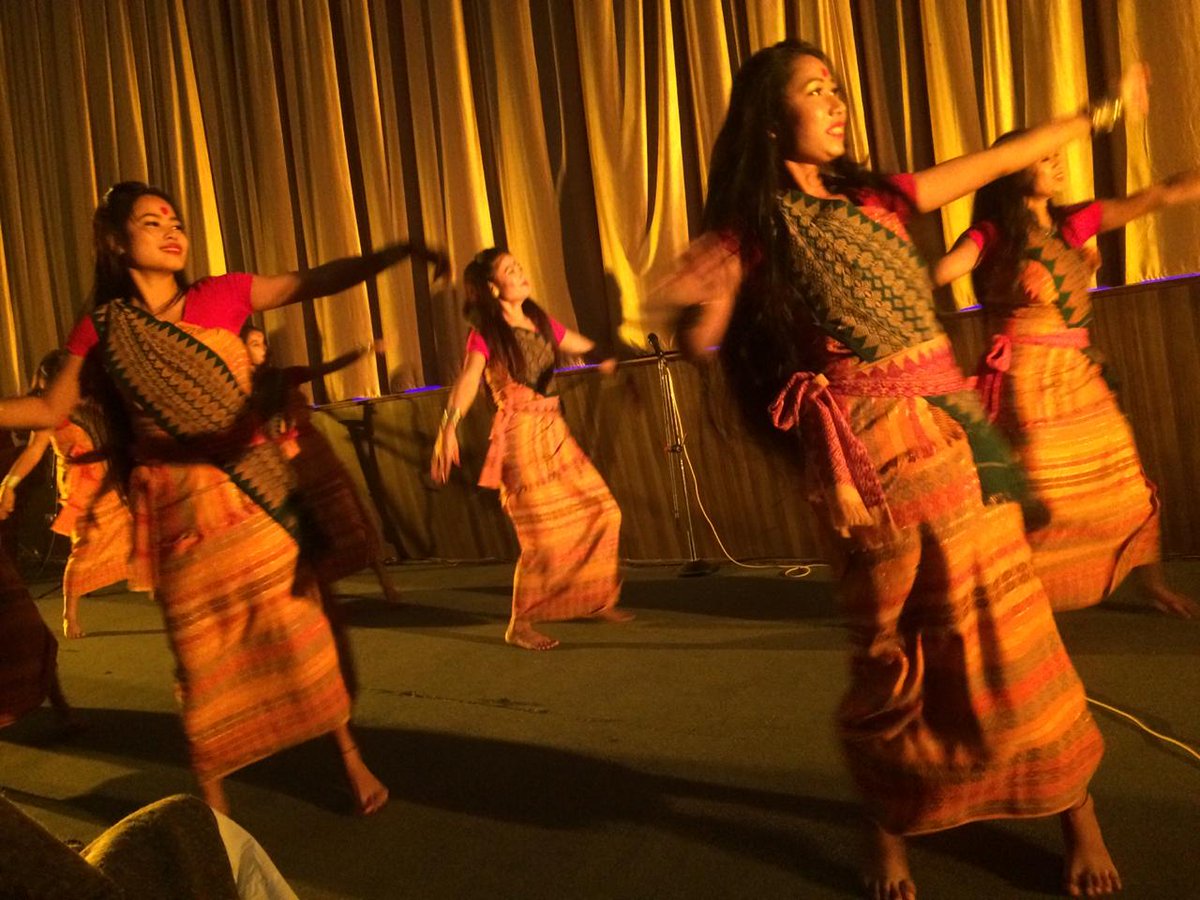
Bharati Shivaji rendered solo in ‘Omana Thinkal Kidavu’ by Irayiman Thampi – a very popular piece chosen by many a Mohiniattam dancer. It was an abhinaya piece, where the mother tries her utmost to make her child sleep with all the softness known to a mother. It was rendered well.
Meera –The Divine soul was Chitra Visweswaran’s presentation to this festival. The piece was simply breathtaking and mesmerizing. Meera who was a medieval bhakti saint has written a number of bhajans in praise of her deity Krishna and many of these Bhajans were meticulously strung together and composed by Bombay Jaysree to accompany Chitra’s dance choreography. North Indian Bhajans and South Indian dance form, Bharatanatyam amalgamated into a composite whole to provide aesthetic bliss.



